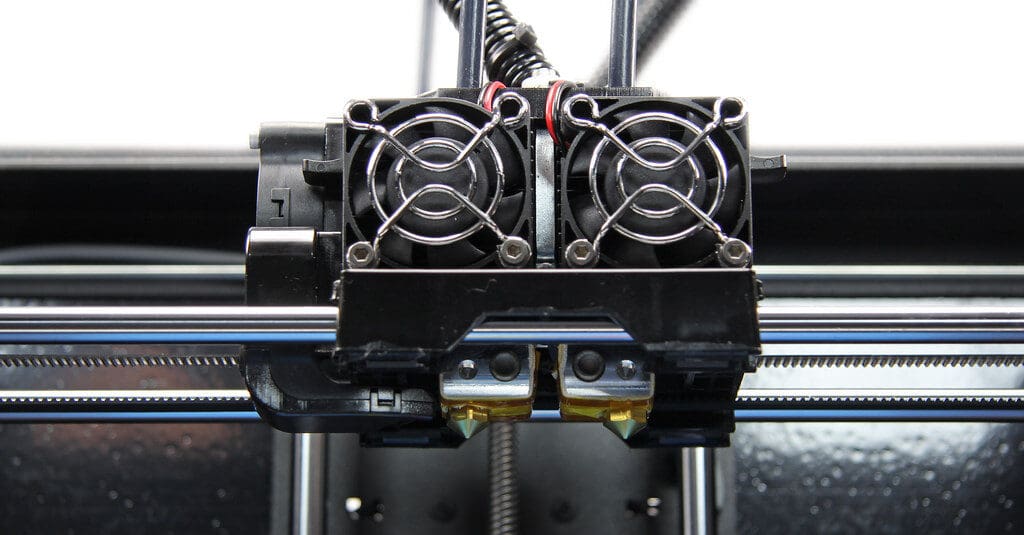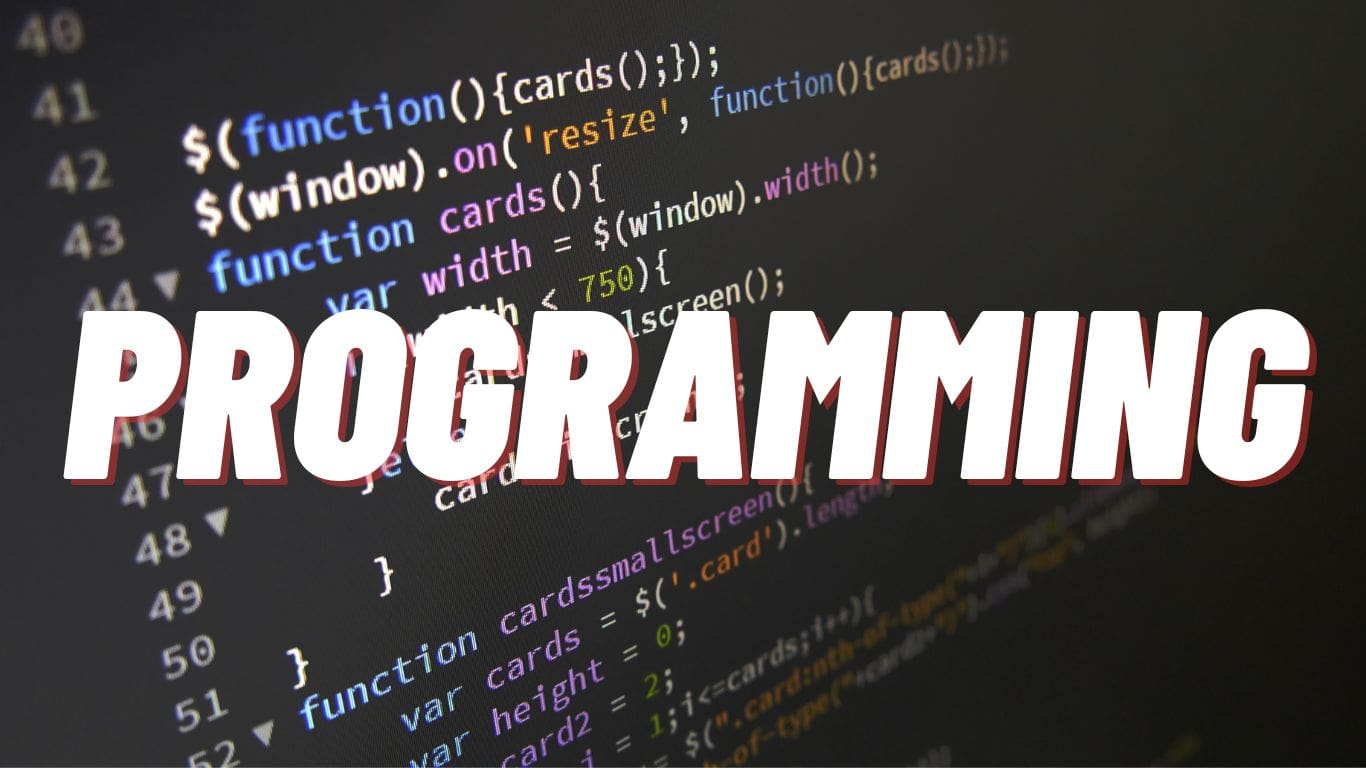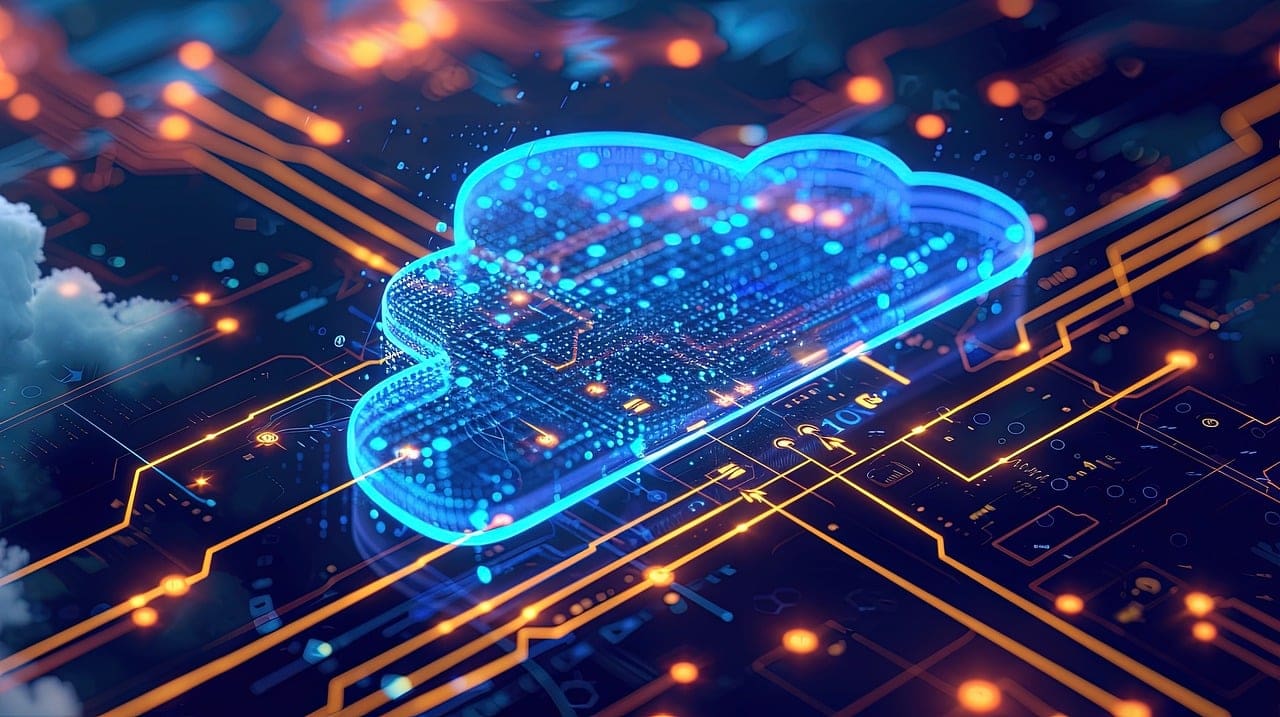In the landscape of 3D printing, the printhead stands out as a critical component, especially in technologies such as Fused Deposition Modeling (FDM), Binder Jetting, and Material Jetting. This component is responsible for the precise deposition of materials, whether it be thermoplastic filament, photopolymer resins, or binding agents. Understanding the printhead’s functionality, importance, and maintenance requirements is essential for optimizing print quality, ensuring reliability, and maximizing the efficiency of 3D printing operations.
Importance of the Printhead in 3D Printing
Precision and Resolution: The printhead determines the fineness of detail achievable in a print. Its ability to accurately dispense material affects the resolution, intricacy, and dimensional accuracy of the final object.
Material Diversity: Printheads are designed to handle a variety of materials, each requiring specific handling characteristics. The versatility of the printhead influences the range of applications for which a printer can be used.
Efficiency and Speed: A well-functioning printhead not only enhances the speed of the printing process but also plays a vital role in material economy by minimizing waste.
Print Quality: The consistency with which the printhead deposits material directly impacts the aesthetic and functional quality of printed items. Uniform extrusion and precise placement are crucial for achieving excellent surface finishes and structural integrity.
Components of the Printhead in 3D Printers
Nozzle: In FDM printers, the nozzle is where the filament is extruded, melted, and laid down onto the build platform. The size and shape of the nozzle aperture play a significant role in determining print resolution and speed.
Heating Element: Critical for processes that involve melting material, the heating element must reach and maintain precise temperatures to ensure consistent material flow and adhesion.
Piezoelectric Actuators: Used in some advanced printheads, particularly in resin and binder jetting technologies, these actuators control the droplets’ ejection from the printhead with high precision.
Feed System: This system controls the delivery of material to the printhead, ensuring a steady and consistent supply, crucial for uninterrupted printing.
Control Electronics: Govern the operation of the printhead, coordinating the movement, material flow, and other parameters in sync with the printer’s software.
Installation and Calibration of the Printhead
Proper Installation: Accurate installation is crucial to align the printhead correctly with the build platform and ensure that it operates within the precise parameters of the printer’s design.
Calibration: Regular calibration is necessary to maintain the optimal performance of the printhead. This includes adjusting material flow rates, alignment, and temperature settings.
Testing: Conducting thorough tests after installation or maintenance ensures the printhead functions correctly, providing an opportunity to make adjustments before full-scale printing resumes.
Maintenance and Optimization of the Printhead
Regular Cleaning: To prevent clogs and ensure smooth operation, the printhead, especially the nozzle, should be cleaned regularly. For FDM printers, this might involve removing any residual filament; for jetting printers, flushing the printhead to remove dried material is crucial.
Component Checks: Regular inspections for wear and damage, particularly for nozzles and actuators, can help extend the printhead’s life and maintain print quality.
Software Updates: Firmware updates can introduce enhancements that improve printhead performance, such as more efficient material handling or refined temperature control.
Environmental Monitoring: Maintaining optimal environmental conditions, such as temperature and humidity levels, can prevent issues like material warping or inconsistent extrusion.
Challenges and Solutions
Nozzle Clogging: Perhaps the most common issue with printheads in FDM printers, clogging can be mitigated by using high-quality filament and incorporating regular cleaning routines.
Wear and Tear: High-temperature and abrasive materials can wear down nozzle and actuator components. Using specially coated nozzles or robust materials for these parts can reduce wear.
Droplet Precision: In jetting technologies, maintaining droplet accuracy is essential for achieving high-quality prints. Regular calibration and maintenance of piezoelectric actuators and the ink delivery system are crucial.
The printhead is a vital component of 3D printers, significantly impacting the efficiency, versatility, and quality of additive manufacturing processes. Effective management and meticulous maintenance of the printhead are crucial for leveraging its full capabilities and ensuring the production of high-quality, precise 3D printed products. By thoroughly understanding and meticulously maintaining the printhead, users can achieve not only improved operational reliability but also enhanced print quality, making the most of their 3D printing technology.








